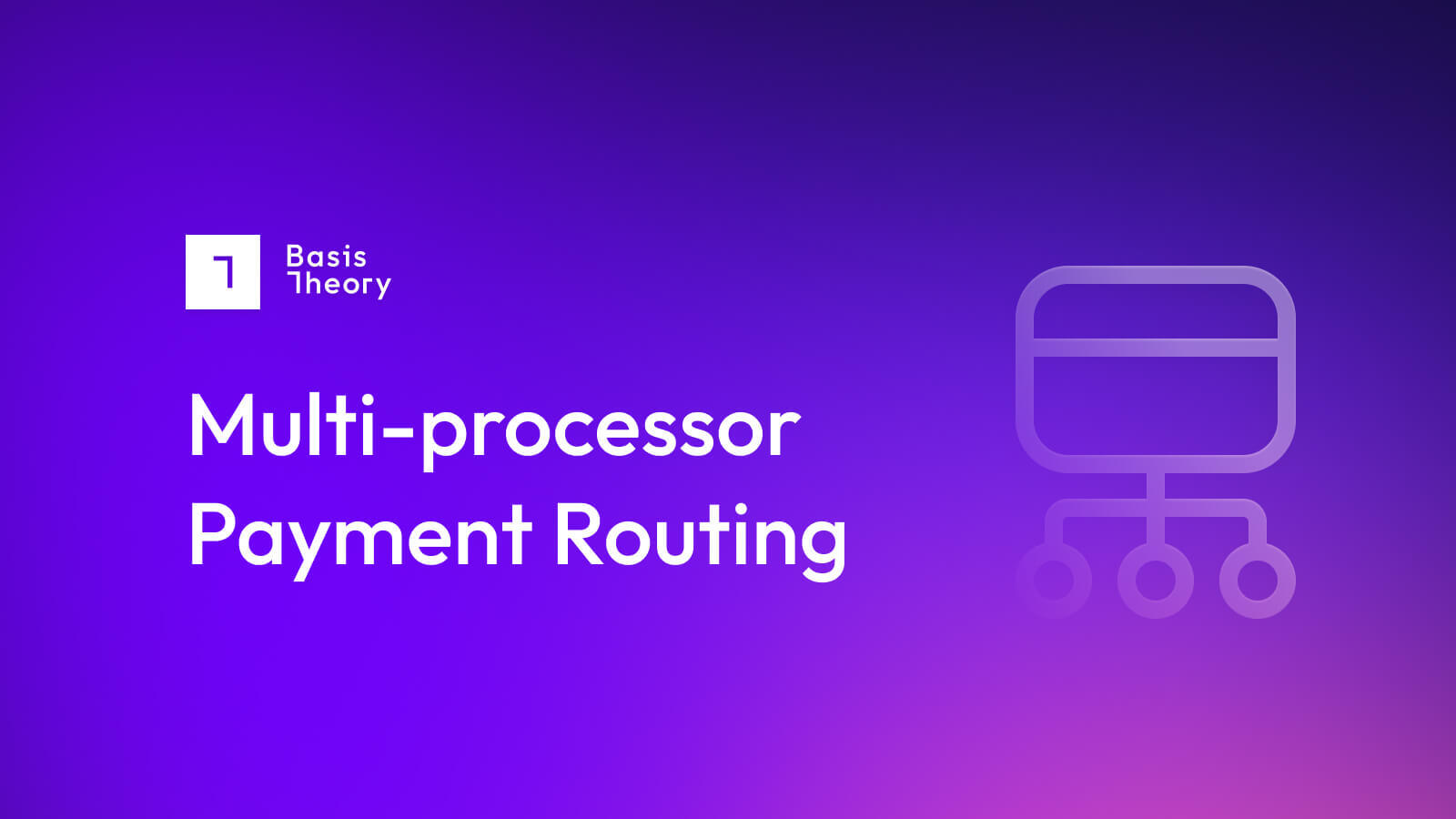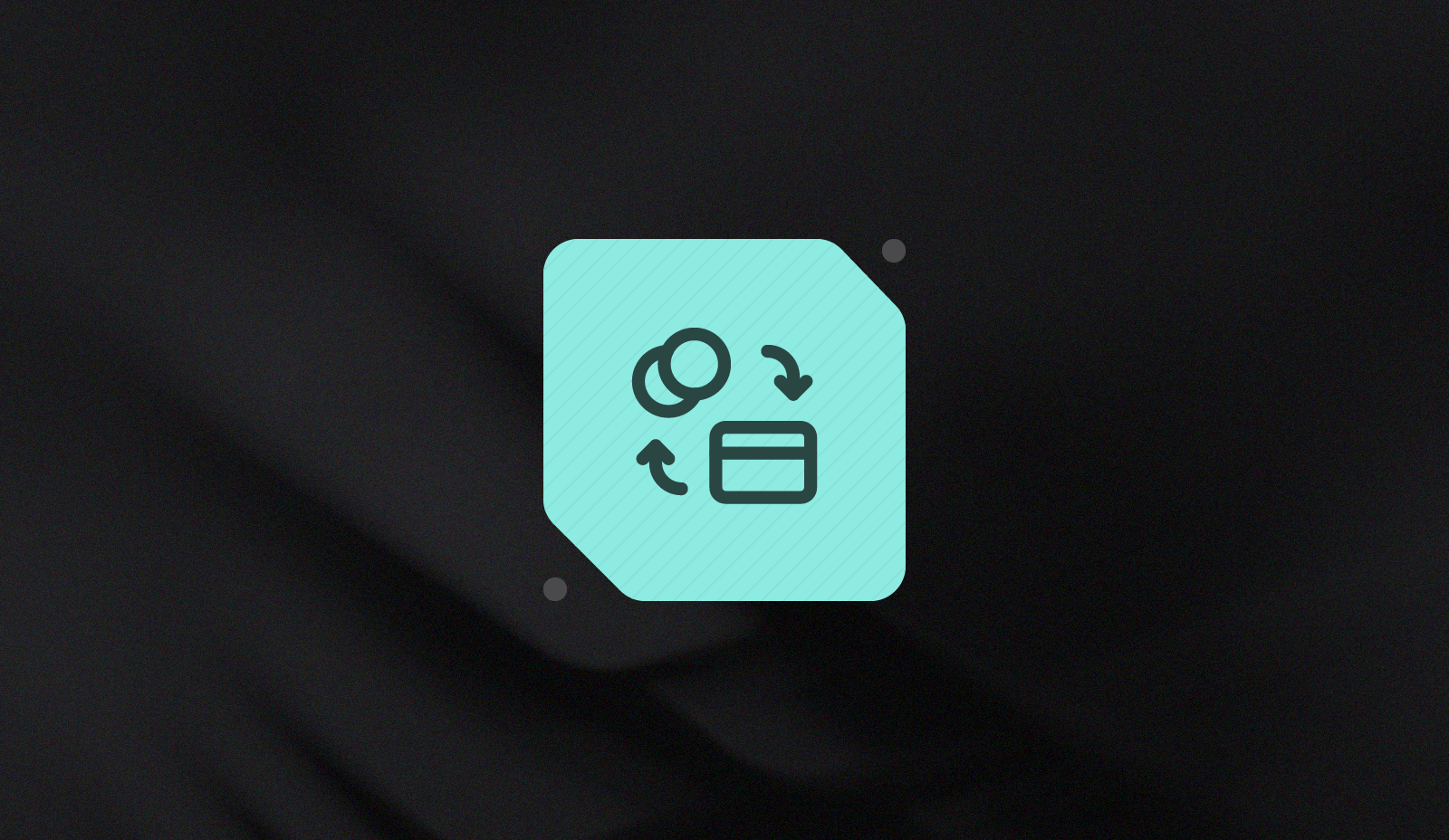Implications of the New Apple App Store Payment Rules

The Apple App Store was fundamentally changed in late April 2025 by a ruling determining that app owners are no longer required to use Apple’s proprietary payment system—nor pay the upcharge if they circumvented it.
Despite the order being under appeal at the time of this blog, the opportunity to reclaim nearly 30% of every transaction completely changes the Apple ecosystem.
What is the change to Apple App Store payments?
Apple no longer requires merchants to use their proprietary payments system, or pay an “external payment” fee for transactions completed on the merchant’s rails. The former system meant that merchants were generally on the hook for a roughly 30% commission on each sale— even if they managed to transact sales off-platform.
The first step in the change occurred some months before the April bombshell, when Apple allowed off-platform transactions so long as merchants paid the 27% fee, and added what some have called ‘scare screens’: interstitial pages that warned customers they were leaving the Apple environment. The judge was not impressed with this solution, thundering “In the end, Apple sought to maintain a revenue stream worth billions in direct defiance of this Court’s Injunction.”
What is the impact of the Apple App Store payments update?
Merchants who provide apps on the Apple platform have an opportunity to meaningfully change the economics of their whole business! Reducing the cost of payment processing from 30% to whatever the merchant can find in the broader payments ecosystem - likely 3% and below - means their revenue can reasonably be expected to increase by over 25%.
Why do we limit the number to 25%? There are a couple of issues that merchants will need to tackle as they opt to move customers to off-platform locales to complete their purchases:
- Customer Confidence: customers may find the move from the app to a web page to purchase jarring, if not a little suspicious, so merchants will need to dedicate effort and resources to creating a smooth buyer journey.
- Customer Convenience: customers may prefer the simple, all-Apple checkout process, which uses their in-place payment details to complete sales. Merchants will need to ensure the payment process they put in place is as simple as possible, from offering digital wallet and alternative payment type options, to ensuring they store payment details to make every transaction after the first seamless.
- Payment System Creation and Maintenance: For app providers who may never have had to build out a payments system, creating, and maintaining one may require the acquisition of additional staff and skills, particularly with regards to PCI-DSS compliance.
How quickly should merchants respond to the Apple App Store payments change ?
Within weeks—if not days—of the announcement of the new policy, major players including Epic Games, Spotify, and Patreon had already released new payment processes to take advantage of the opportunity. The volume of funds flowing through these businesses made the opportunity to bring in 25% or more higher revenues one that needed to be seized immediately.
For smaller merchants, and particularly those without sophisticated payments systems already in place, a slower approach is likely called for: new systems only get one shot at making a first impression, so they must be ironclad, secure, and user-friendly from Day One.
The greatest risk as of today is that Apple’s appeal of the ruling is successful: if they are able to persuade a subsequent court to overturn the judgment, they may be able to return to their original payments program, where merchants are required to use the Apple payment system, or to pay a commission for any off-platform transactions. While there is no way to know for sure how the company would respond to the opportunity to turn back the clocks (particularly if a significant cadre of its app providers had already invested in their own payments systems), it seems unlikely that the market would accept a return to the 30% “Apple tax”, as its processing fee has been known for some time.
In any case, for those who move quickly, the investment in a bespoke payments system would pay for itself very rapidly.
For those merchants who make the move, and wisely collect and securely store their customers’ payment details, there is the risk that such data may become trapped within an alternative payment provider. Just as for any merchant, the choice to use only a single full-service payment services provider (PSP) may result in customer data being stored by, and thus effectively owned, by the PSP rather than the merchant; this could cause challenges for, for instance, subscription payments if customers must be transferred back to Apple’s system.
Merchants may find the best way to futureproof the bespoke payments systems they build to capitalize on the shift in the App Store payments policy is to build a multi-PSP system, using a programmable payments vault as a foundational piece.
A programmable payments vault provides interfaces through which customer data can be collected and securely stored, with the merchant using a token instead of having to run the risk of storing credit card data on their own systems. The token can then be used to transmit payment data to any PSP the merchant selects, improving successful processing rates, and arbitraging processing fees: this provides the best possible service to the customer, at the best economic terms to the merchant.
.png?width=365&height=122&name=BTLogo%20(1).png)



